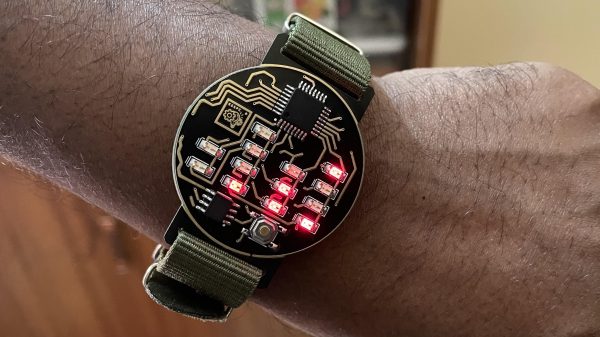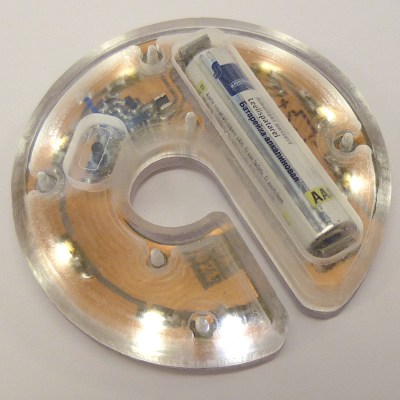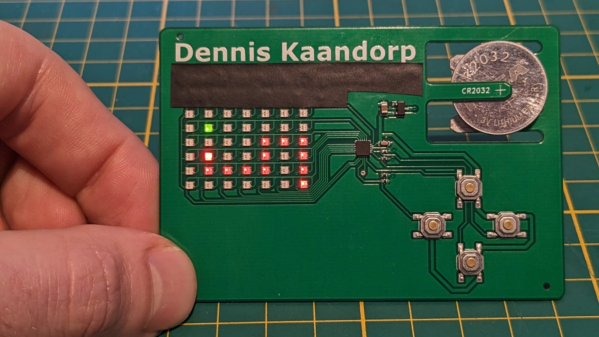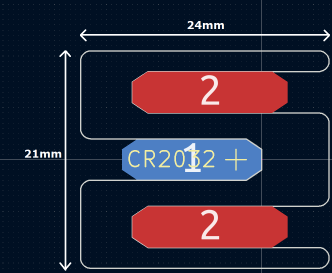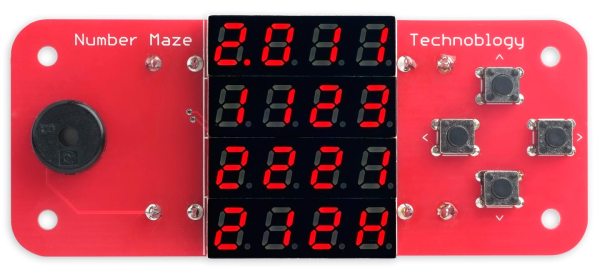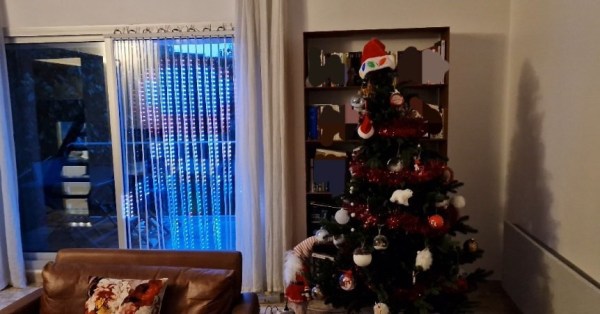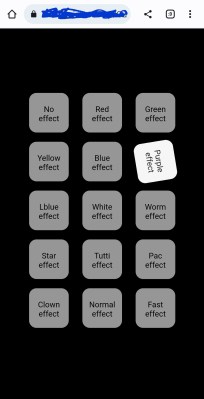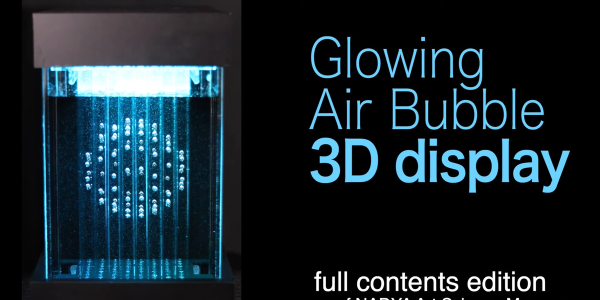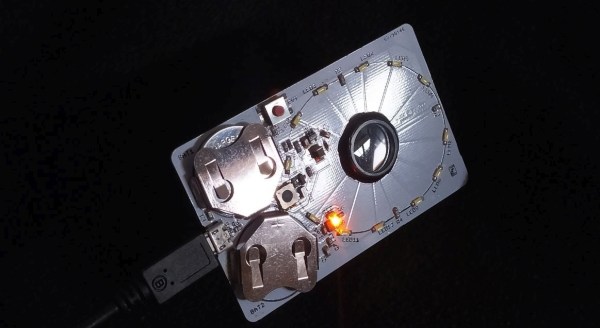Most of us learn to read digital clocks first, which display the time in obvious numbers. Analog clocks are often learned later, with the hands taking our young brains a little longer to figure out. Once you’ve grown into a 1337h4XX0r, though, you’re ready to learn how to read a binary watch. Then you can build your own, just like [taifur] did.
The watch rocks a simplistic, bare bones design with the PCB acting as the body of the device itself. It’s not great for water resistance, or even incidental contact, but it’s a sharp look with the golden traces on display. The heart of the operation is a ATmega328P, as seen in the popular Arduino Uno, and it’s paired with a DS3231M real-time clock module to keep accurate time. 13 SMD LEDs are charged with displaying the time in binary format, with [taifur] choosing to spec a classic red color for the build. The watch is powered via a CR2032 coin cell, which you’re best advised not to swallow. So far, [taifur] has found the watch will last for over a month before the battery is tapped out.
It’s a fun build, and one that looks good when paired with a classic NATO watch strap in green. If, however, you desire a watch that definitely won’t last a month on a single coin cell, you can always build a Nixie watch instead. Video after the break.

